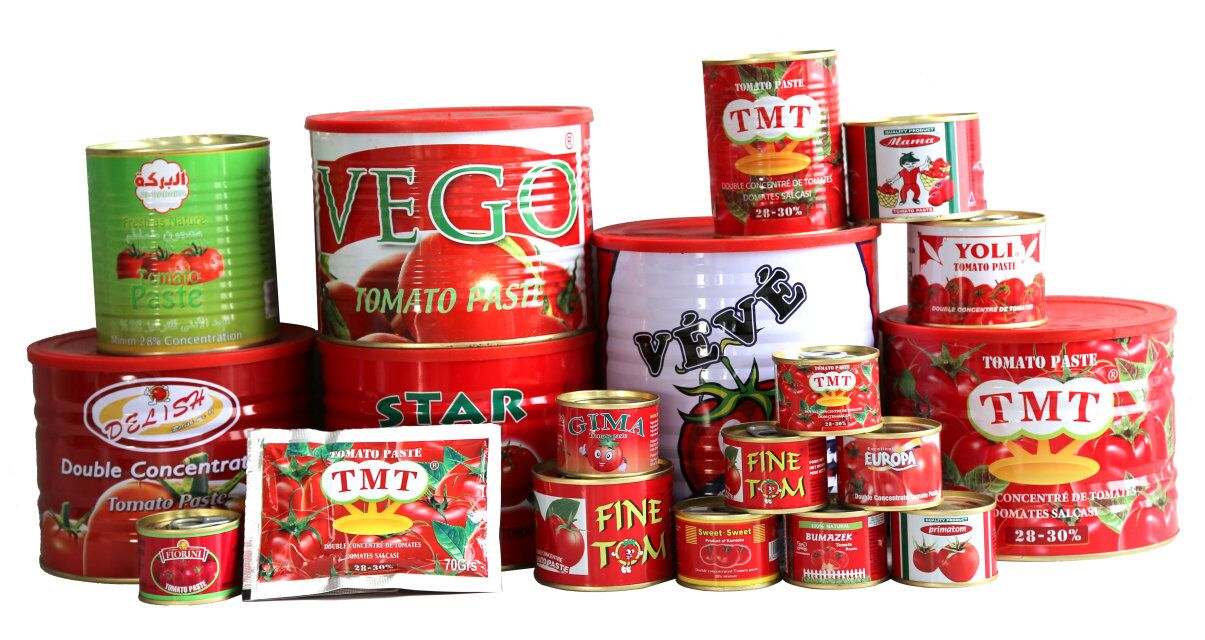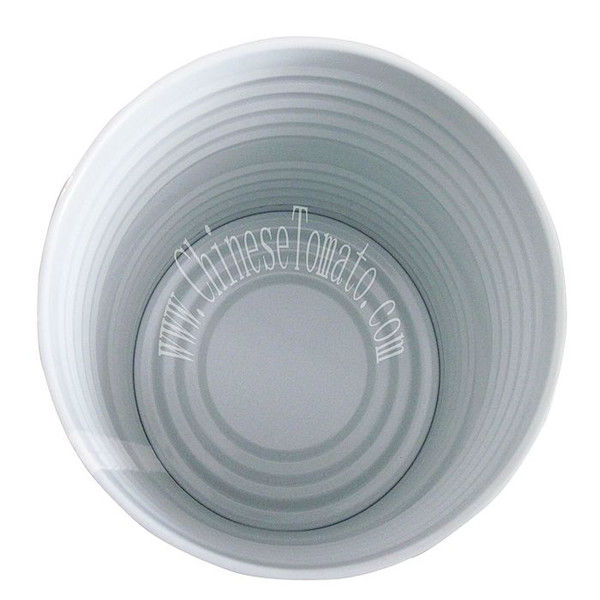Summer pruning is carried out during the growing period of fruit trees, so it is also called growth stage pruning. Because pruning during the growth period will cut off the leaves of the branch, a greater impact on the growth of fruit trees, it should be as light as possible to prevent excessive growth of the tree. In addition, the pruning in the summer period is an auxiliary work for pruning in the winter, and the new shoots of the buds are left in good condition and the inferior ones are left in time, and the growth and development of the new shoots are adjusted and the growth posture and direction are corrected. In this way, pruning in winter can be easily done in the future, and cutting and cutting can be avoided, resulting in more damage to the tree and more labor.
1. Carved shoots: Carved shoots, also known as eye injury, refer to cutting a crescent-shaped incision with a knife or a scissor to reach the xylem 0.2 to 0.3 cm above (or below) the shoot or bud before sprouting in the spring. In the case of a wound on a bud or branch, part of the nutrients and moisture cannot rise through the wound and turn into the bud or branch, thereby promoting its vigorous growth; conversely, when the operation is performed under the bud or branch, the purpose is the opposite. Can reduce its growing power. Carving buds have a significant effect on the increase of juvenile tree branches. The following points should be noted when cutting buds: 1 The main branch cuts the first four buds without cutting, and the remaining buds take a 10 - 15 cm injury on both sides of the branches. The buds are not treated on the back and back. 2 auxiliary support branches, erect branches can every bud must be carved. 3 branches slightly flat, branches less than 0.3 cm or greater than 1.5 cm should not be injured.
2. In addition to sprouting: from the spring to early summer will useless or harmful branches removed, known as de-enrichment. The usefulness of de-emergence is as follows: (1) After the long branch or branch has been cut off, a lot of sprouts are clustered from the vicinity of its clipping, and it is advisable to remove it when it is germinated. 2 When the saplings are pruning, the sprouts that hinder the growth of the extension branches of the trunk or the main branch should be removed as early as possible to facilitate the growth of the trunk or the main branch. 3 When the new shoots or lateral branches of the lateral shoots are too many shoots, a part of the shoots should be removed to avoid dense. 4 For fruit trees with short fruit branches, if the short branches are too dense, often due to mutual restraint, the buds on the short branches may not be sufficiently differentiated into flower buds. Therefore, the weak buds should be removed, so that the remaining short branches can develop into The result is a branch. In addition to sprouting is mainly to reduce nutrient useless consumption, to ensure that useful shoots bud growth and canopy air and light. Excess buds on the back of the bud can be wiped off every 20-30 cm. Sometimes, in order to protect an oversized saw blade, one or two more flat buds may be selected for the budding buds, and the rest will be erased.
3. Multi-loop engraving: In order to prevent baldness, before the budding, the branches with stronger growth are treated. That is to say, in the place where branches need to be shed, cut with a ring cutter or pruning shear ring to reach the xylem, or every 15-20 centimeters, this method can promote a large number of medium and long branches and prevent light sticks. occur.
4. Ring Circumcision: also known as ring peeling, refers to the basal part of 3-5 cm, stripping a circle of bark, peeling stripped peeling diameter of about 1/8-1/10. As circumcision intercepts the assimilation of nutrient transport downstream from leaf production, root growth is affected. In turn, the root absorption weakens, affecting tree vigor, and causing serious damage to trees. In recent years, based on the experience of many places, circumcision has been applied. The technique of smearing Kao Hua Wang No. 2 has not only achieved the purpose of accumulating nutrients but also slightly harmed tree vigor. However, when applying the ring cutting technique, it is still necessary to pay attention to fertilizer and water management.
5. Topping: The measures taken during the growing season to pick up the young part of the tip of the shoot are called topping. In order to control the growth, topping the new shoots is conducive to the accumulation of nutrients and the formation of flower buds, which increases the fruit setting rate and promotes the fruit enlargement. The picking of the heart can promote the strong twigs to increase the branches and grades and achieve the purpose of alleviating the growth potential.
In May-June, Wang Pin picked up the heart 2-3 times in succession, which is conducive to cultivating sticks and promoting flowering. For the competition of branches and upright branches, it can strengthen the growth of the extension branches and cultivate the Dangzhi Zhishu group; in early August, Yu Qiu The tip of the tip can be used to form 2-3 apical buds at the junction of the spring and autumn shoots; when the branches grow to 60 cm long, the crown can be used to expand the crown and accelerate the formation; in the early crown of the results, the growth of the inner pole The more prosperous branches can be obtained through topping and the branches can be formed as a result, so as to increase the results and achieve the purpose of early high-yield production.
6. Twisting tip: From late May to mid-June, with upright branches, competitive branches, and dense crowded branches on the back, at the base of the new shoot, 5 to 6 centimeters, the site of semi-lignification is pinched and twisted by hand. Twist 180 again to incline below so that it hangs down and is fixed to the branches. After the tip shoots, the vegetative growth of the shoots is frustrated, local accumulation of nutrients, and the effect of promoting short stems and promoting flower buds. After being twisted, the twisted part should be kept in a rounded state without cracking or breaking, and do not hurt the leaves.
7. Lazhi: It can be divided into spring branches and summer branches. The purpose of pulling the branches is to correct the angle and direction of the large branches. Branching time is different, the effect achieved is not the same. The juvenile tree branches in the spring, after the sap flowed to the bud. The main purpose is to open the angle, to promote budding, prevent baldness, for the requirements of the branch sticks after the branch, the base angle 45-50 degrees, waist angle 60-70 degrees, auxiliary feeding branches should be pulled into a horizontal state, branches and ropes have to have Padding lining, tying branches to be loose, pull branches open the angle at the same time pay attention to adjust the extension direction of the branches. The method of pull-branching at the end of June to the middle of July is the same as that of pulling branches in the spring. Its purpose is mainly to strengthen flower bud differentiation, to solve the air and light transmission of trees, improve fruit quality, and improve coloring.
8. Litchi and other branches: Litchi is also known as taking branches. From July to August, 10 cm away from the base of the branches, hold the middle and lower parts of the branches and hold them repeatedly to make the xylem of branches slightly damaged and drooping, horizontally or obliquely. , can reach the opening angle, control the prosperous growth of flower buds and short branches, the purpose of adjusting the branches. The branches will stand upright and prosperous branches will not be under the flat branches, so that it is in a horizontal, sagging state, which can inhibit growth and promote flower buds.
9. Xia Shu: In the middle and early August, the excessive trees on the secondary branches can be removed from some of the large branches of the layers to improve the scenery and improve the quality of flower buds. The young shoots of the young tree can be cut short, and the short cut method is to use the "cap shear" on the tip of the vertical shoot or the peripheral competition shoot at the base of the autumn shoot to promote the secondary branch and form the flower bud.
It needs to be explained here that although the summer pruning techniques of fruit trees have important practical significance in guaranteeing fruit trees production in succession and yield stability, any technology is not isolated and is not absolute. Summer pruning of fruit trees must be accompanied by winter cutting and strengthening orchards. The combination of soil and fertilizer water management can play a greater role. (China Plant Protection Network: Wei Linfei)
For Canned Tomato Paste, we can supply you with different sizes such as 70g, 140g, 170g, 210g, 230g, 380g, 400g, 420g, 425g, 800g, 1kg, 2.2kg, 3kg, 3.15kg and 4.5kg. The tins are all with white or yellow ceramic coating inside to avoid corrosion. We use vacuumed tins, so our Tomato Paste are more concentrated. 

Our canned tomato paste VS other suppliers

*Related Products:double concentrate tomato paste,double concentre de tomate,canning tomato paste.
Canned Tomato Paste
Canned Tomato Paste,Double Concentrate Tomato Paste Brix 28-30%,Tomato Puree,Canned Organic Tomato Paste,70g Gino Tomato Paste,400g Safa Tomato Paste,Tomato Sauce,Tomato Paste for Africa,Italian Tomato Paste,Tomato Paste Turkey
Hebei Tomato Industry Co., Ltd. , https://www.hebeitomato.com